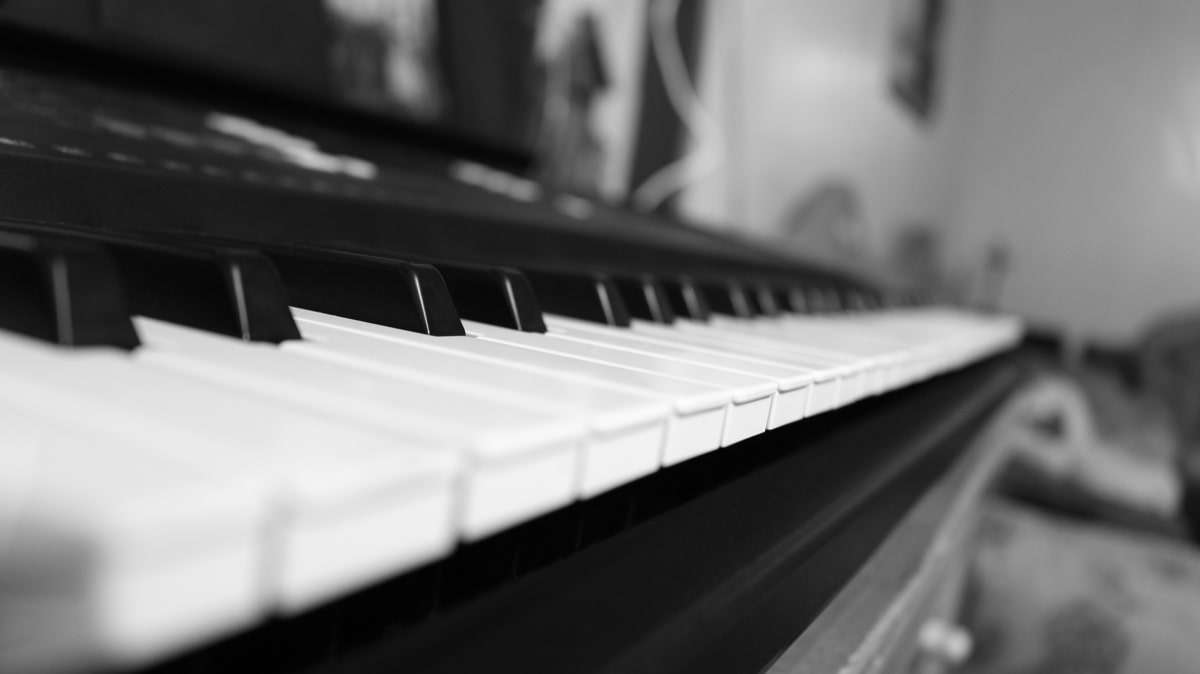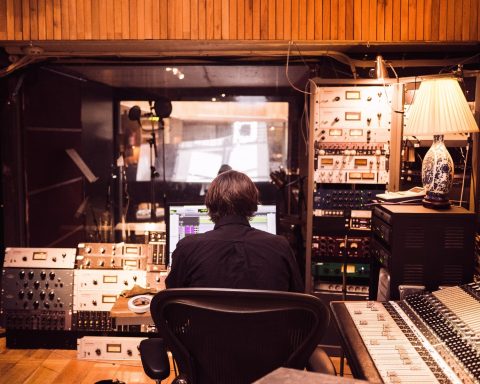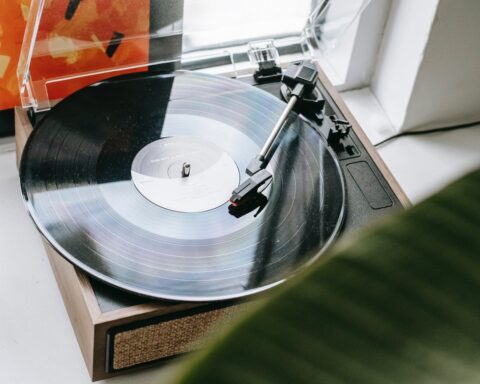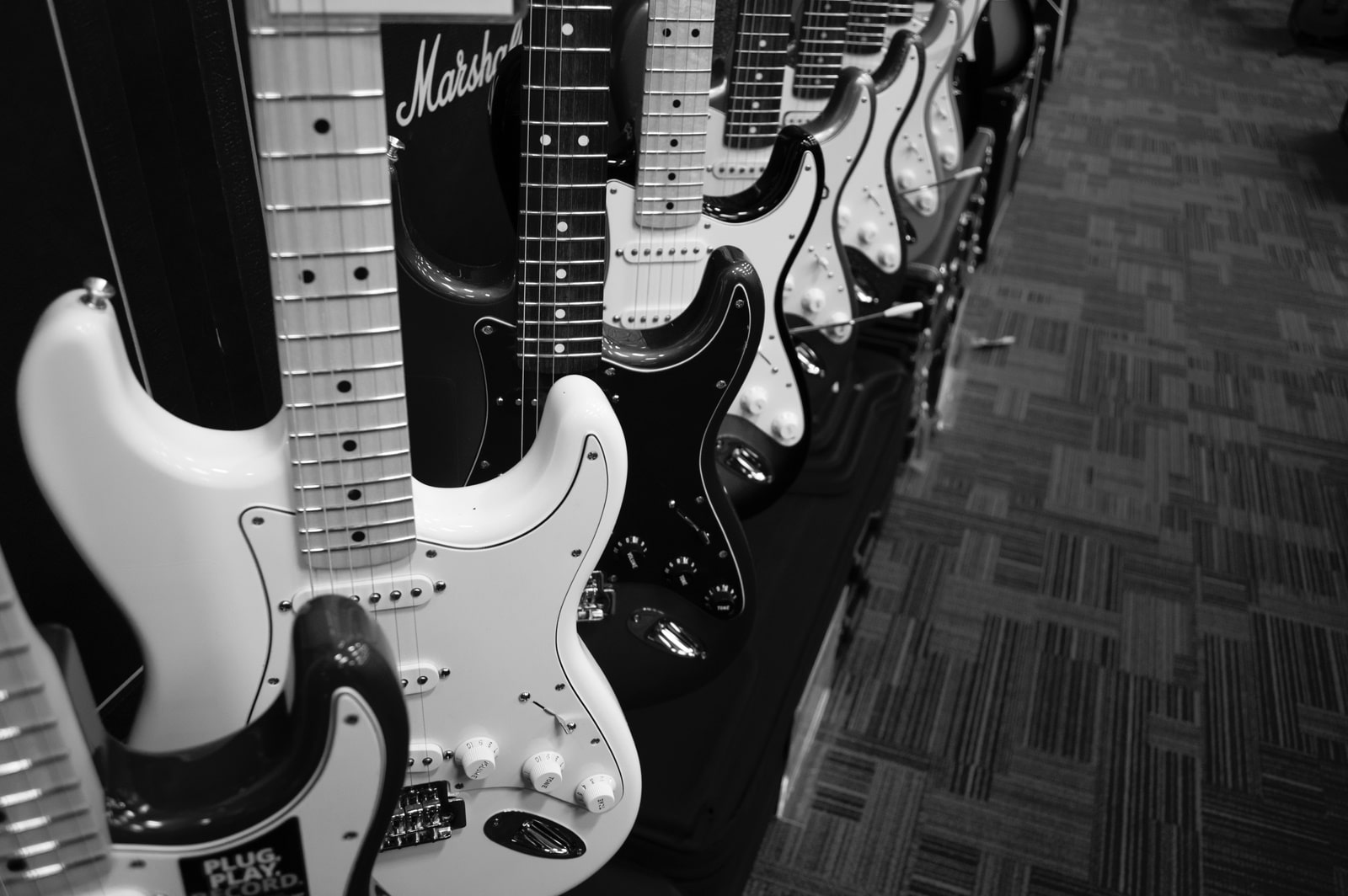Are you stuck between digital and acoustic piano? Wondering which instrument is the right one for you?
Both these types of pianos have their own pros and cons, which ultimately make the decision more challenging.
Digital pianos offer a range of features and are often more affordable and portable. While the acoustic version provides a rich, authentic sound and a more traditional playing experience.
Are you feeling confused about which one to go for? Don’t worry; we have got your back!
Here are the top ten tips that will indeed help you to pick the ideal one – making every lesson and performance a worthwhile one:
Tip 1: Evaluate the Sound Quality and Authenticity
Sound quality and authenticity are certainly the first things to consider when buying a piano. After all, if the sound quality doesn’t give you the rhythm and vibes that you are looking for, then it is certainly not the right instrument for you.
Moving on, the natural resonance of the strings and wood of the acoustic piano creates such a unique and magical sound – hard to beat and find elsewhere.
So, if you are a professional pianist or serious musician who wants each sound to be perfect, an acoustic piano is the one to go for.
On the other hand, digital pianos produce sound electrically and can often mimic the sound of an acoustic piano through advanced technology. They also offer the advantage of adjusting the volume and sound effects, which makes them more versatile for different styles of music.
So, before choosing one, make sure to have a look at the online reviews for reliable digital pianos like Roland FP-30X to find out which one serves your needs the most!

Tip 2: Watch Out for the Designs
Next up, we have the design of the piano.
Digital pianos come in various styles and colors, with a sleek and modern appearance that fits well in a contemporary setting. They are more compact and lighter in weight, making them a great option if you have limited space.
While the acoustic pianos have a more traditional and classic look that adds a touch of elegance and character to any room put upon.
However, compared to digital pianos, they are larger and heavier, making them more challenging to move around.
If you want an instrument that doubles as beautiful furniture, an acoustic piano may be the way to go.
Tip 3: Evaluate the Touch and Feel of the Keys
The feel and responsiveness of the keys are other critical factors to consider when choosing a piano.
Acoustic pianos typically have heavier keys that require more pressure to play – replicating the feel of a real piano. This can provide a more authentic and expressive playing experience, along with helping to develop proper technique and finger strength. Hence, they may not be an ideal type for the beginners or those with weaker hands.
Meanwhile, digital pianos often have lighter keys that are more responsive to touch, making them easier to play and more suitable for beginners.
However, some digital pianos come with weighted keys that duplicate the feel of an acoustic piano.
So, it’s important to try out both types of pianos and consider which key action feels most comfortable and natural for you.
Tip 4: Do You Need Electronic Features?
A digital piano may be the way to go if you want a piano with a range of electronic features. Digital pianos often come with various built-in sounds and effects, such as different types of pianos, organs, and strings.
Additionally, many digital pianos have headphone jacks and can connect to computers and other devices. As a result, these features can be a real game-changer for musicians who want to experiment with different sounds and styles or simply want to record their performances.
However, if you want a more traditional playing experience, an acoustic piano may be a better option. They may not have all the bells and whistles of a digital piano. But an acoustic instrument’s rich, resonant tone can be incredibly inspiring and uplifting.

Tip 5: Think about the Portability of the Instruments
Digital pianos are generally more lightweight and easier to move around than acoustic pianos, which can be heavy and cumbersome. This makes digital pianos a great option if you need to move your piano around frequently or if you have limited space.
So, if you are searching for a piano that will stay in one place, an acoustic piano is the ideal one to go for. Though they may be a bit difficult to move, not to forget they have a certain kind of elegance and grandeur that cannot be replicated by a digital instrument.
Tip 6: Consider the Maintenance and Durability of the Instruments
Maintenance and durability are important considerations when choosing between a digital and acoustic piano.
Digital pianos are generally more durable and can last several years with the same functionalities as acoustic pianos.
And the ultimate reason for this high durability is they don’t have as many delicate components that can be damaged or wear out over time. They also require less maintenance – not needing to be tuned or serviced frequently.
On the other hand, acoustic pianos require regular tuning and maintenance to stay in top condition. The strings and hammers of this kind of piano tend to be extremely delicate and sensitive, so it’s important to have them checked and serviced regularly by a professional piano technician.
Hence, if you are willing to put in the effort to keep an acoustic instrument in good condition, the rewards can be well worth it. Otherwise, it’s better to go off with the digital piano!
Tip 7: Versatility
One of the biggest advantages of digital pianos is their versatility. They often come with a range of built-in sounds and effects, allowing you to experiment with different styles and genres of music.
So whether you are playing classical music, jazz, pop, or songs like “Wait for Love” or “Charisma,” a digital piano can give you the ultimate flexibility to create the desired sounds.
Besides, many digital pianos also have recording and playback features, making creating and sharing your music simpler. On the other hand, acoustic pianos have a more limited range of sound and may not be as suitable for certain types of music.
However, they do have a certain charm and character that can be difficult to recreate with a digital instrument. So, while choosing between a digital and acoustic piano, make sure to consider the type of music you want to play.
Tip 8: Check out the Pedals
Pedals are an essential part of any piano, and they can have a big impact on the sound and feel of the instrument. Acoustic pianos typically come with three pedals – the sustain pedal, the soft pedal, and the sostenuto pedal – which can be used to create a wide range of effects and dynamics.
In contrast, digital pianos come with fewer pedals. Due to this, they may not offer the same level of nuance and control as an acoustic piano.
Some musicians prefer the more tactile feel of the pedals on an acoustic piano, while others are happy to use the pedals on a digital instrument. Again, it comes down to personal preference and what feels most comfortable for you.
Tip 9: Repairs
When choosing between a digital and acoustic piano, it’s important to consider the potential cost and hassle of repairs.
With digital pianos, you are generally on the safe side as there really isn’t much to go wrong with them. Unlike the acoustic piano, containing delicate and complex components – they are usually based on the sound triggering from a chipset.
And surprisingly, even in the possible worst-case scenario, affordable repairs are available then and now with a quick call to a professional technician. Ultimately making the overall repair easy and cheaper, without breaking the bank!
On the other hand, with the acoustic piano, you might feel a bit stressed due to the frequent tuning they require to stay in good condition. And in case a component like a string or hammer breaks, it can be pretty expensive and time-consuming to repair.
Tip 10: Determine Your Budget and Stick to it
Finally, the price is another important factor to consider. Digital pianos are generally less expensive than acoustic pianos, especially at the lower end of the price range.
Besides, they can also be more affordable to maintain and repair over the long term. A perfect option to go for beginners and those who are on a limited budget!
However, if you are looking for a high-end digital piano with all the bells and whistles, the price can climb slightly, varying from model to model.
In contrast, acoustic pianos are pretty expensive compared to digital pianos – especially at the higher end of the price range. And not to mention the maintenance costs that come with it too!
Conclusion
Choosing between a digital and acoustic piano can be a daunting task. After all, what suits the other person most doesn’t necessarily have to mean it will suit you too. There are a lot of factors to consider, including your personal preferences, skill level, budget, and many more to go!
So, take your time and keep these ten expert tips mentioned above in mind while making the final call. Once you know your requirements and which piano type matches the most, it will be easy to close the deal without stress.














